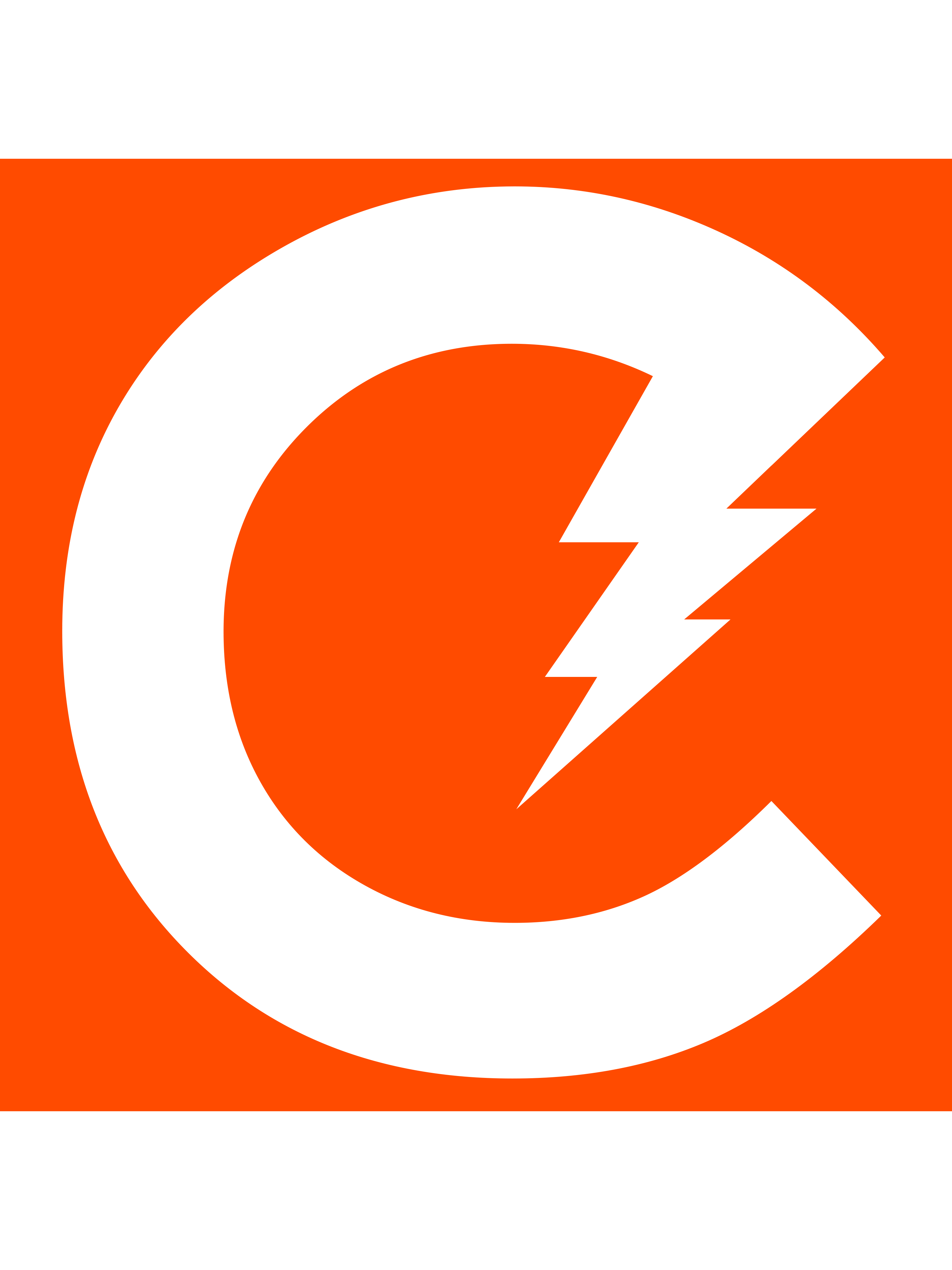Renewable Energy (RE) Programs
Are you planning on installing solar panels at your home or facility? Contact us so we can give you the guidelines, standards, and key considerations to maximize the benefits of your solar facility.
Customers may apply to the following RE programs, whichever is applicable:
1. Net Metering Program (NM)
Net Metering refers to a system, appropriate for distributed generation, in which a distribution grid user has a two-way connection to the grid and is only charged for his net electricity consumption and is credited for any overall contribution as defined in Section 4 of RA 9513 according to Resolution No. 06, Series of 2019, entitled: “A Resolution Adopting the Amendments to the Rules Enabling the Net-Metering Program for Renewable Energy”.
In Net Metering, CEDC will replace your current meter with a bi-directional meter which will allow us to measure both the energy you get from CEDC and the energy exported back to the grid.
Who are qualified?
- End users with a single-phase or three-phase renewable energy (RE) facility with a maximum capacity of 100kW.
- Customers with good credit standing in the payment of their bills.
- All types of customers (Residential, Commercial, Industrial)
What are the application requirements?

2. Distributed Energy Resources (DER)
Distributed Energy Resources (DER) are power sources connected to the distribution system or electrical system of end-users that could be aggregated to meet demand for energy. The Energy Regulatory Commission (ERC) published the Resolution No. 11, Series of 2022, “A Resolution Adopting the Rules Governing Distributed Energy Sources (DER)” also known as the “DER Rules”, in a newspaper of national circulation on 29 November 2022 and took effect on 14 December 2022.
Who are qualified?
- DERs utilizing renewable energy (RE) sources for end-user systems connected on-grid and are meant for consumption and export, with nameplate capacity* of greater than 100kW up to 1MW, but maximum capacity to export capped at 30%;
- DERs utilizing renewable energy (RE) sources for end-user systems connected off-grid and are meant for consumption and export, with nameplate capacity not greater than 1MW, and maximum capacity to export also capped at 30%; and
- DERs utilizing any energy generation and storage technology, whether on- or off- grid, and meant for end-user consumption only, so long as the DER owner and end-user are not the same entity.
Technologies such as microgrids, EVs, net metering, stand-along battery energy storage systems, etc. that are covered by other regulations are not covered by the DER Rules.
*Nameplate capacity refers to the maximum rated output of an electric power equipment
What are the application requirements?

3. Zero-Export / Own-Use Renewal Energy Facility
For zero-export applications, the energy generated by your RE facility is for the customer’s consumption only. No energy will be exported to the grid.
Who are qualified?
- End users with a single-phase or three-phase renewable energy (RE) facility for the customer’s consumption only.
What are the application requirements?

Notes:
- Distribution Asset Study (DAS) will be conducted based on the results of the Distribution Impact Study (DIS) if needed.
- The guidelines and requirements are subject to change depending on the latest approved regulations set forth by the Energy Regulatory Commission (ERC).
To know more about our programs, please send us an email at customerservice@clarkelectric.ph or contact us at telephone number (045) 599-3146.
